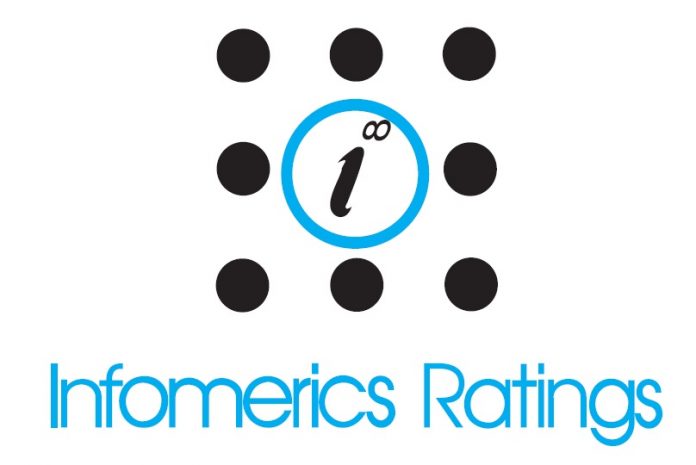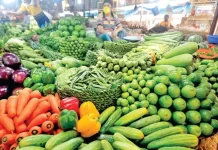- The domestic prices rose by ₹ 400-500 per quintal prior to the festive season
- Sugar production for 2021 is 310 lakh metric tonnes (LMT) with sugarcane production estimated to be 3993 lakh tonnes for 2020-21
- Resolution of the enduring concerns is the way ahead
New Delhi : Future of sugar industry looks very encouraging but some persisting concerns need urgent attention according to Infomerics Valuation and Rating Pvt Ltd, the noted SEBI-registered and RBI-accredited financial services credit rating company. The sugar report released today states that the government has been proactive and supportive keeping in mind its size and the number of livelihoods associated with it, but, the focus needs to shift towards arriving at a resolution of the problems wrt Fair and Remunerative Price (FRP), Minimum Support Price (MSP) and cane arrears.
These are among the major findings of the Sugar Industry: Outlook and Challenges report released by Infomerics Valuation and Rating Pvt Ltd.
Key highlights include:
Positive outlook of the industry –
- Sugar production for the sugar season 2021 was 310 lakh metric tonnes (LMT). State-wise mill sugar production in India was also revised from 27 million metric tonnes (2019-20) to 31 million metric tonnes (2020-21).
- Sugarcane production is estimated to be 3993 lakh tonnes for 2020-21 whereas sugarcane revenue more than doubled in the last decade rising steeply from ₹1391/tonne in sugar season 2011 to ₹2850/tonne in sugar season 2021.
- Sugar exports surpassed 5 million tonne mark in early August with Indonesia being the biggest buyer
- Fair and Remunerative Price (FRP) increased to ₹290/quintal for sugar season 2022. However, the issues of the MSP and cane arrears continue to be important.
- India’s centrifugal sugar production is estimated at 34.7 million metric tons (MMT) in marketing year (MY) 2021/2022 (October-September), increasing three percent above the previous season
Government initiatives –
The government has been largely supportive when it comes to the sugar industry from increasing Fair and Remunerative Price (FRP), increasing Minimum Support Price (MSP), promoting efficient ways of fuel production to the likes of ethanol. Some recent developments undertaken by the government include:
- Sugar Export Policy for Evacuation of Surplus Stocks during Sugar Season 2020-21 – Under the scheme, the government would be providing a lump sum assistance of ₹6000 per metric tonne to sugar mills to facilitate the export for which an estimated expenditure of ₹3500 crore would be borne by government
- Diversion of Excess Sugar to Ethanol & Augmentation of Ethanol Production Capacity under Ethanol Blended with Petrol (EBP) Programme – The Central Government, in its National Bio-fuels Policy, 2018, mandated for 10 per cent blending of ethanol into motor fuel by 2022 and 20 per cent by 2030. In this vein, for the current SS2021, more than 20 LMT of sugar is likely to be diverted towards ethanol production whereas in the next SS2022, about 35 LMT of sugar is estimated to be diverted towards the same, with a plan to divert about 60 LMT of sugar by 2024-25.
- Fair and Remunerative Price (FRP) – FRP for sugarcane has been revised for SS2022 at ₹290/quintal for a basic recovery rate of 10 per cent, providing a premium of ₹2.90/quintal for each 0.1 per cent increase in recovery over and above 10 per cent, & reduction in FRP by ₹2.90/quintal for every 0.1 per cent corresponding decrease.
Industry Risk –
- Minimum Support Price (MSP) Hike – The government has taken care of the interests of the sugarcane farmers but the concerns of the sugar mills also need to be addressed. The industry body Indian Sugar Mills Association (ISMA) has been pressurizing the government to increase the MSP for sugar to possibly ₹35/kg from the current ₹31/kg.
- Trade-off between Ethanol Blending and Price Hike – A target for blending 20 per cent ethanol in gasoline by 2025 is set. However, the government faces a risk of surge in sugar prices, thereby exacerbating inflationary pressures.
- State Advised Price (SAP) or Fair and Remunerative Price (FRP) – Some state governments announce the SAP higher than the FRP fixed by central government, which distorts sugarcane and sugar economy leading to cane price arrears
- Cane Arrears – As on March, 2021, India’s cumulative arrears (debt) stood at USD 2.58 billion (₹ 190.6 billion) of which 89 percent is yet to be cleared in Marketing Year (MY)1 2020/21.
The report suggests that recommendations of the Commission for Agricultural Costs and Prices (CACP) need to be explored and examined by the stakeholders and the problems highlighted should be resolved at the earliest, taking in confidence the market players.
-Odisha Age




















